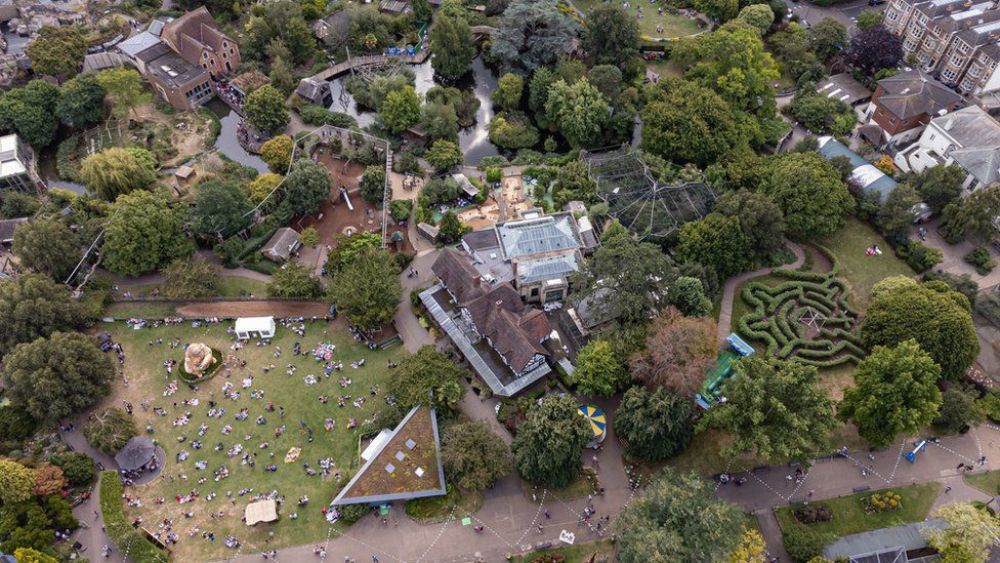

Bristol Zoo Gardens, situated in the heart of Bristol, UK, opened its doors to the public on July 11, 1836, making it the fifth oldest zoo in the world. The Zoo was founded by the Bristol, Clifton and West of England Zoological Society, with the aim of facilitating the observation of animals for scientific study. Over the years, it has transitioned from a simple scientific institution to a conservation and education-led zoo, attracting visitors from around the globe.
The Zoo became known for its significant breeding successes, such as the first black rhino born in Britain in 1958. It has played a vital part in wildlife conservation, with efforts dedicated to preserving endangered species. Alongside its animal enclosures, the zoo has cultivated stunning gardens, offering guests a dual experience of zoological and botanical exploration.
Initially, the focus of Bristol Zoo Gardens was on the exotic animals, aimed to draw the curiosity of Victorian society. As public transportation improved, the accessibility of the Zoo increased, allowing people from surrounding areas to visit more easily, subsequently boosting its popularity. The Victorian fascination with the natural world translated into thriving visitor numbers, cementing the zoo's place in Bristol’s tourism landscape.
The post-war period saw a shift towards a more educational experience. The zoo began to innovate with immersive habitats and interactive exhibits to educate visitors about the animals’ natural environments and the importance of conservation efforts.
In recent times, Bristol Zoo Gardens has experienced a change in tourism trends, moving towards experiences that are more eco-conscious and that encourage sustainable interaction with nature. Emphasis is placed on conservation and education, with the zoo running numerous programs for schools and conservation projects both locally and globally.
The latest trend in the zoo's attractions is the incorporation of more dynamic and engaging exhibits. They often feature interactive elements such as walk-through enclosures and informative talks, providing an immersive experience that appeals to today's tech-savvy and environmentally aware visitors.
Furthermore, the zoo makes use of digital technology by offering virtual tours and live cameras in some enclosures, catering to a global audience and enhancing the visitor experience for those who may not be able to attend in person.
With the emergence of social media, the Zoo has also become a hotspot for sharing memorable moments. The trend of sharing visits online has contributed to the promotion and popularity of the venue, attracting new demographics and redefining the visitor experience.
In moving with the times, Bristol Zoo Gardens announced in 2020 the difficult decision to relocate by 2024 and transform into a new 'Bristol Zoo' at its Wild Place Project site. This strategic move is part of a broader vision to create a sustainable and future-oriented zoo focused even more intensely on conservation and immersive experiences. Despite the historic site's closure, Bristol continues to invest in its zoological future, promising to deliver innovative ways for visitors to engage with wildlife for generations to come.